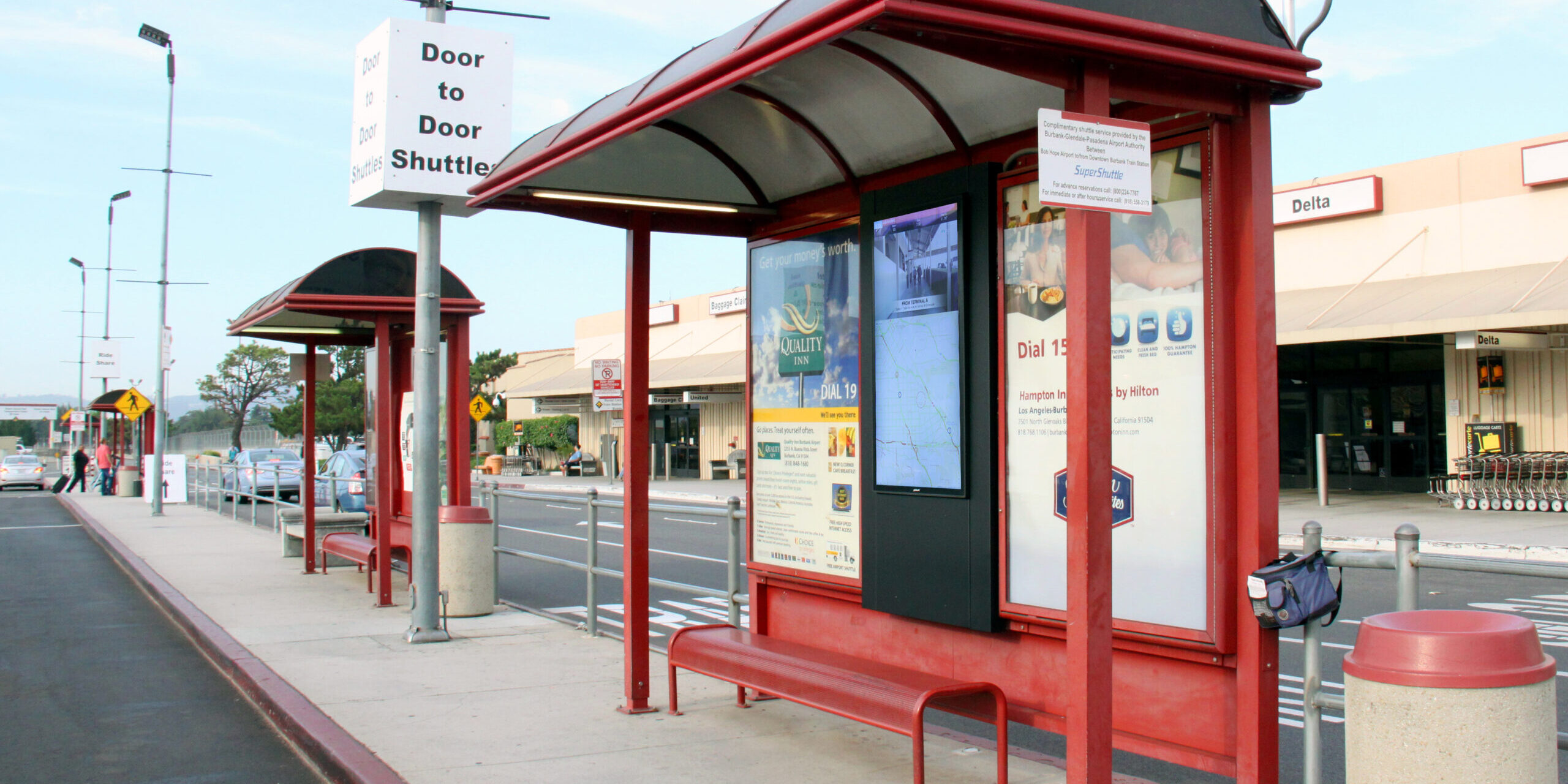To survive in the retail market of the future, business owners will have to invest in off- and in-store interactive communications with customers, such as mobile apps and Digital Signage, to keep the customers in-store and maximize the profit. It is booming. You can see more and more digital signage screens in malls, retail stores, restaurants, bars, lounges, cafes, etc. and something new comes up every day.
Online shopping is taking over, and more and more giant stores, like Target and Best Buy, are reporting down sales. So, in this age of technology and changes, how can businesses use interactive technologies and smart content to drive more customers in and make more sales?
Digital signage is a way of having digital dynamic signs on your screen, such as videos, music, images, live streaming, animations, games, and whatnot.
Nowadays, nearly all consumers are somehow involved with mobile technology, online shopping, and transactions and when they go into the shop, supermarket or even to a dentist, they expect to have the same experience as they are having online. They want the store to be interactive and they expect to use their mobile devices during their shopping, too.
Here are 5 ways you can use digital signage to make your customers’ experience more fun and and engage them with your business for a long time:
1. Play advertising or other relevant content when a consumer is in your place
Content is the most important thing in digital signage. If you don’t have relevant content, then your signage will just become an average board and consumers will not engage with it. So, if you are not going to have good content, it’s basically a waste of money to put digital signage. By putting relevant advertisements, you can make money and provide relevant product information for your clients. The good thing about digital signage is that you can change the content as frequently as you wish, without any cost.
The recent xAd/Telmetrics 2014 Mobile Path-to-Purchase study shows that shoppers increasingly value relevant ads and they are more likely to take secondary actions, like going to the web page or making a purchase.
2. Provide interactive games for the customers, offering discount coupons as a prize.
One of the latest trends is to engage your customers by offering real-time games on your digital signage. The computer will automatically choose winners and display the coupons you provide. Another option is to offer your clients to interact on your social media pages on their phones, thus getting closer to them and staying on their phones and social media even after they leave your facility.
3· Enable mobile payment options.
Customers are more and more annoyed with waiting lines at the cashier’s desk, and if you don’t want to lose your customers to online stores, it’s time to provide them with mobile payment options via their devices right in your store, restaurant, etc. Now even fitting rooms are being equipped with 3D cameras and mirrors when a customers can try clothes virtually, scan them with their device, and instantly pay for them from their mobile device. That’s the experience the younger shoppers are looking for. That’s how you will be able to compete with online stores.
4· Provide way-finding solutions, touch screens with the map of your facility.
Even if you don’t have a super big store or hotel etc., it’s always useful to provide way-finding solutions and guides to different parts of your facility. If you have touch screens, consumers can interact with your screen to choose the levels and parts they want to reach and get directions, just as in Las Vegas hotels. In addition, you can always provide your customers with information on local stores, events, and experiences that they can get. This will keep your customers happy and will make them return to you for an amazing experience.
A recent Wall Street Research report shows that by 2017, 60 percent of all U.S. retail sales will in some way involve online transactions or research, and approximately 10 percent of total U.S. retail sales will be online purchases (versus approximately 5 percent today).
Some retailers are afraid that one day their brick-and-mortar stores will become just showrooms for customers, who come to see the in the store but buy it from another online shop.








